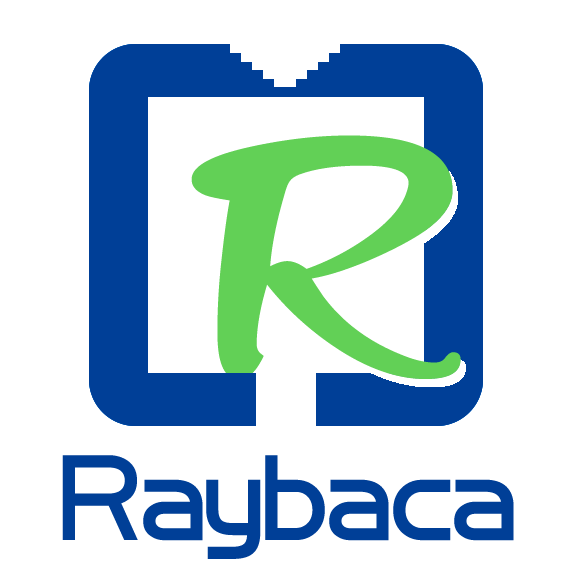1. RFID scanner frequency classification
Like the radio we listen to, RFID tags and scanners need to work at the same frequency. LF, HF and UHF correspond to RFID of different frequencies. LF stands for low-frequency RFID, about 125kHz, HF stands for high-frequency RFID, about 13.54mhz, UHF stands for UHF RF, in the range of 850 to 910mhz, and there is a 2.4G microwave reader.
2. Why use different frequencies?
In operation, there are four frequency bands: low frequency (125kHz), high frequency (13.54mhz), UHF (850-910mfz) and microwave (2.45GHz) Each frequency has its own characteristics,and Different fields use different frequency bands. Therefore, to use it correctly, we must first select the appropriate frequency.
The frequency of use varies from country to country:
The UHF in Europe is 868mhz and that in the United States is 915MHz At present, Japan RFID technology does not support UHF. The government also limits its impact on other devices by adjusting the power supply of the reader. Some organizations, such as the Council for the promotion of global business, are encouraging governments to lift restrictions. Tag and reader manufacturers are also developing systems that can use different frequencies to avoid these problems.
Readers produced by many companies support the RF technology of new tags used in the existing supply chain. Some readers only support new electronic product codes, while others only support specific labels produced by some manufacturers.
4. What is reader conflict?
One problem encountered by RF technology is reader conflict, that is, the information received by one reader conflicts with the information received by another reader, resulting in overlap. One way to solve this problem is to use TDMA technology. In short, the reader is instructed to receive signals at different times, not at the same time, so as to ensure that the readers will not interfere with each other. However, items in the same area will be read twice, so it is necessary to establish a corresponding system to avoid this situation.
5. How do we know which frequency is suitable for our products?
Different frequencies have different characteristics, so their uses are diverse. For example, low frequency tags are cheaper than UHF tags, save energy and have strong power to penetrate waste metal objects. They are most suitable for objects with high water content, such as fruits. UHF has a wide range of action and fast data transmission speed, but they consume energy and have weak penetration. There can be no too much interference in the operation area. It is suitable for monitoring items transported from the seaport to the warehouse. As a choice, it is best to consult relevant experts and suppliers to select the correct RFID.
6. What kind of reader do I need?
Readers, like tags, have to study the supply mode to determine the type and quantity of use. For example, the requirement is to manage the inventory in and out of the warehouse, and the reader can be installed on the hatch of cargo in and out of the wharf. If the requirement is to manage the products sent to specific customers, the reader should be installed not only on the cabin door, but also on the truck. If the requirement is to control retail shelves, fixed or handheld devices can be used to facilitate automatic warehouse out recording and counting.
